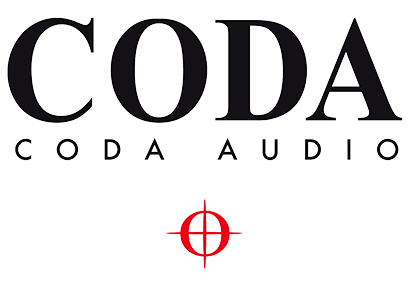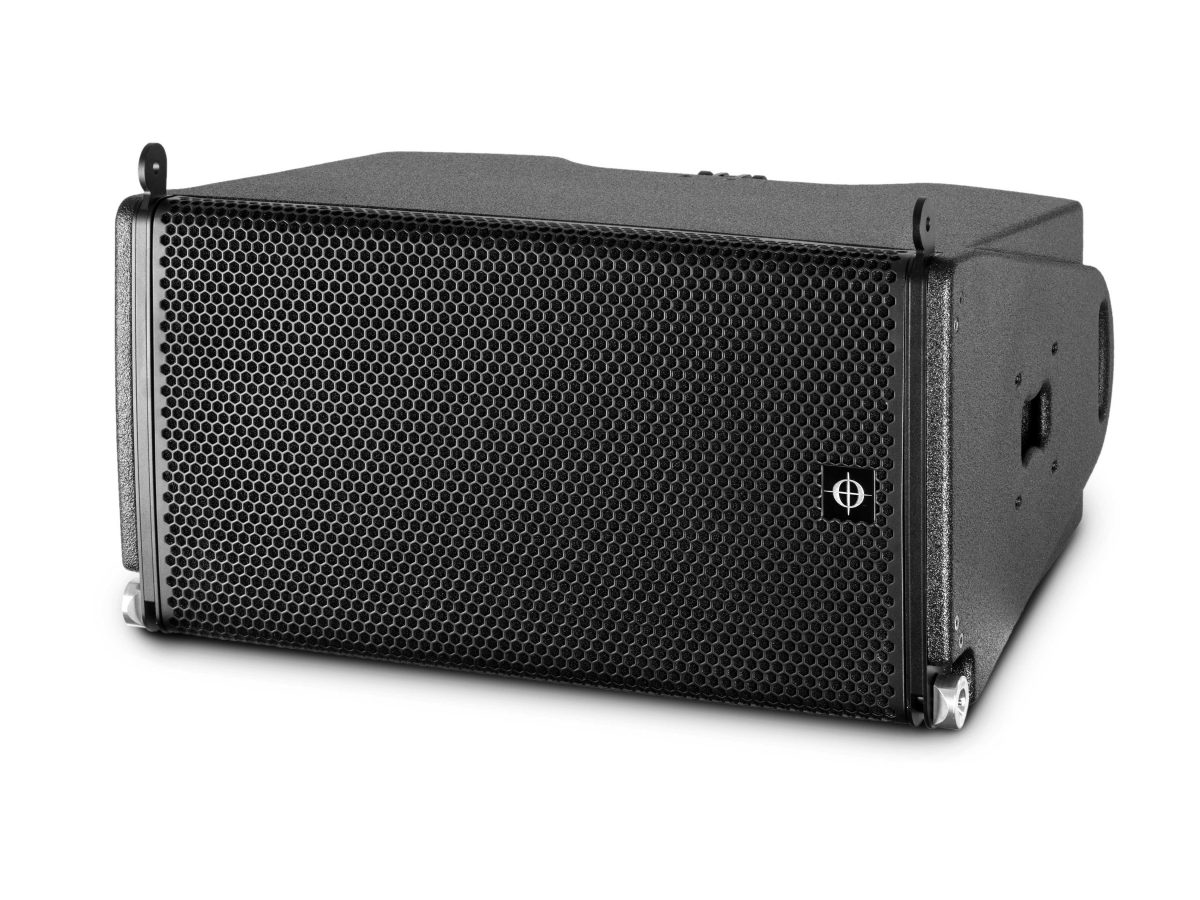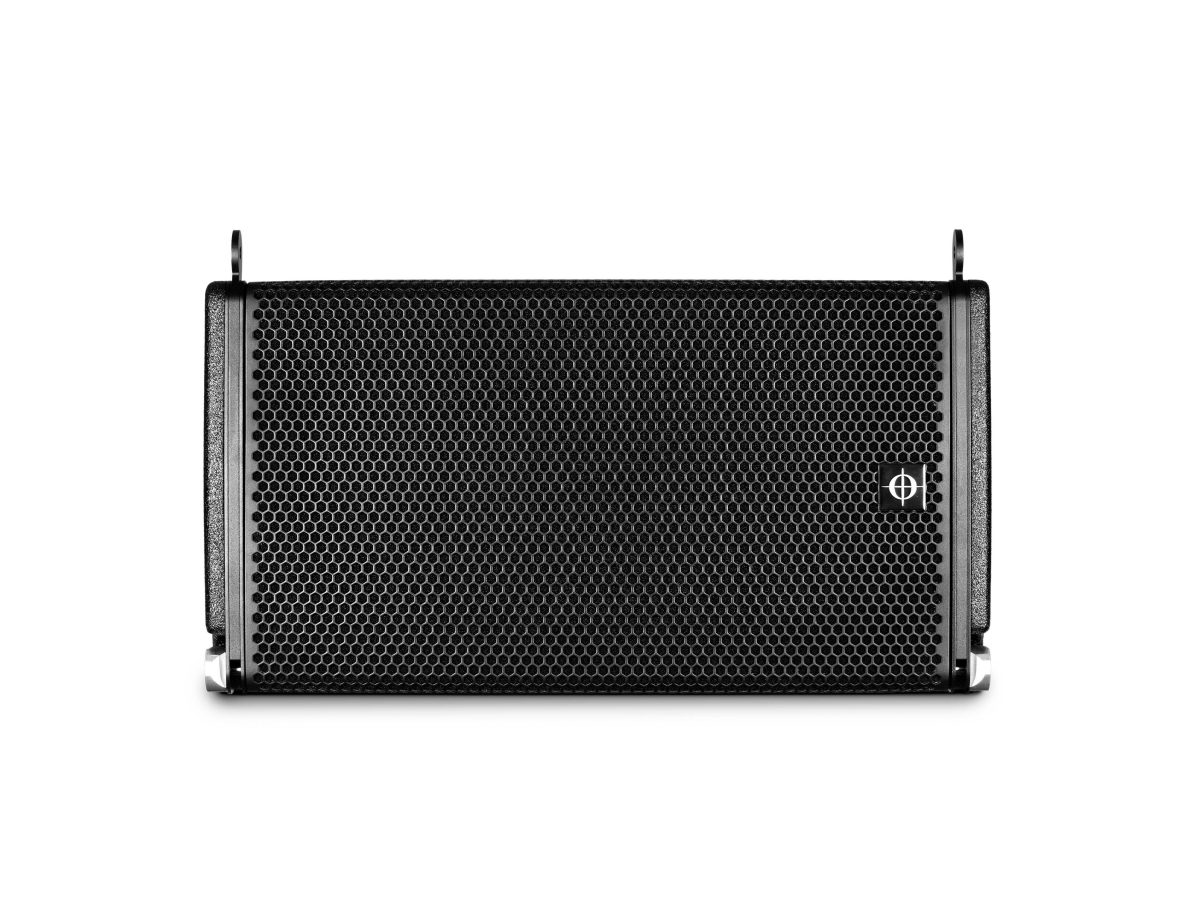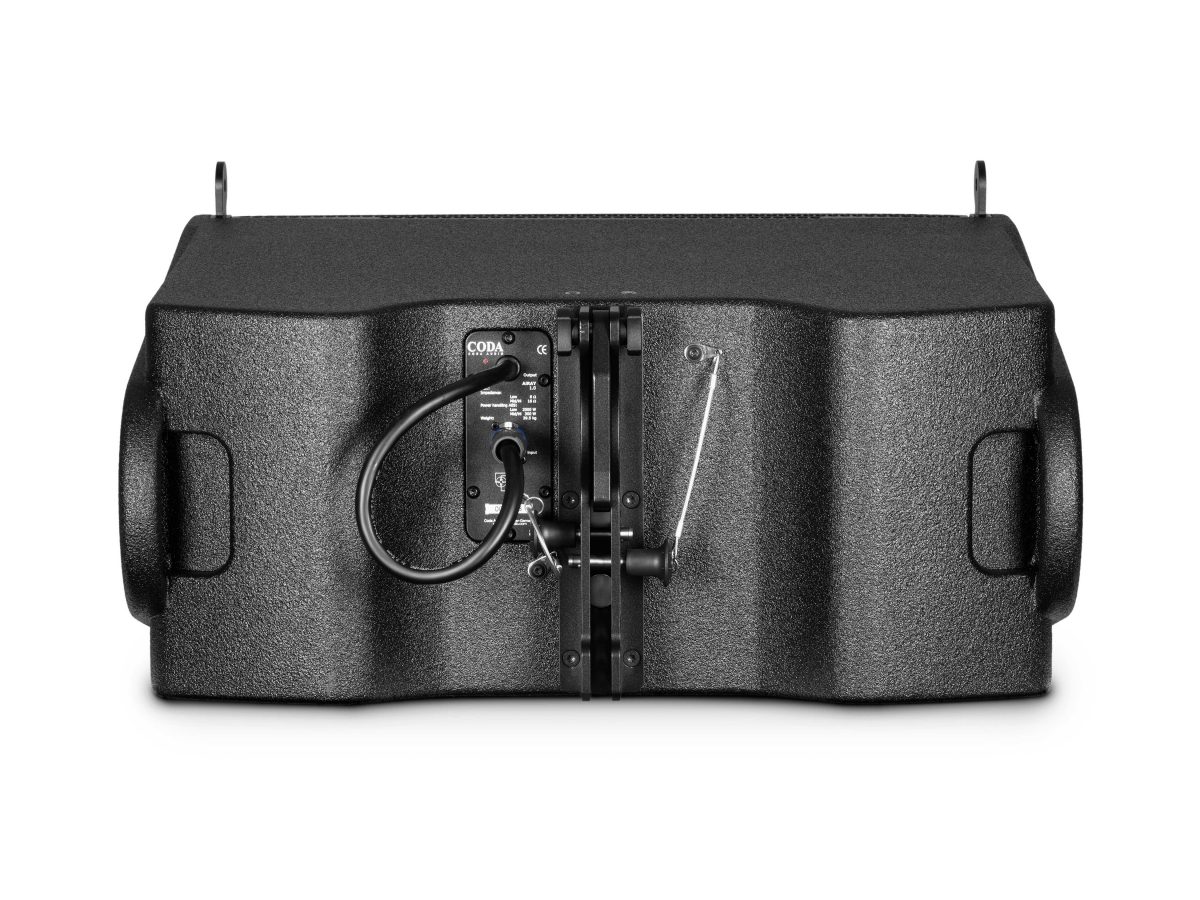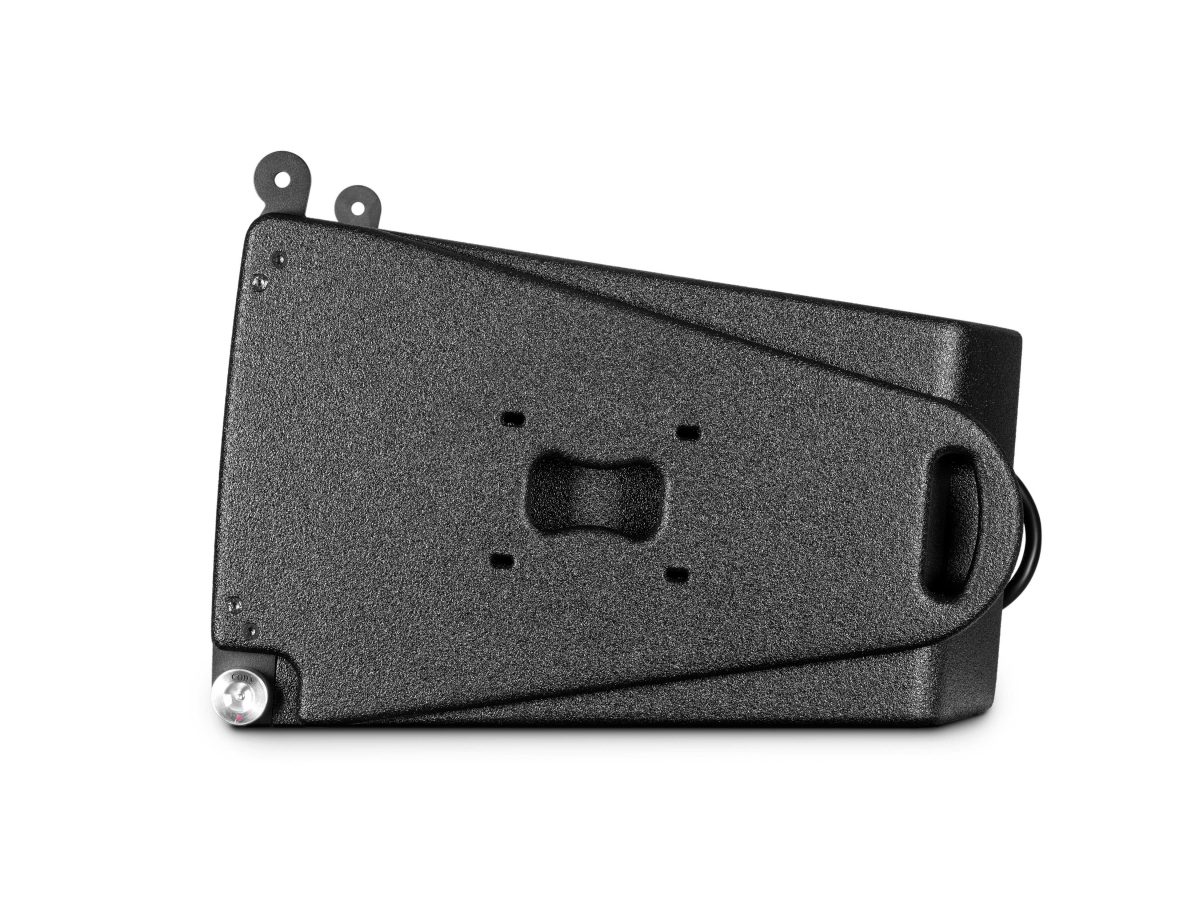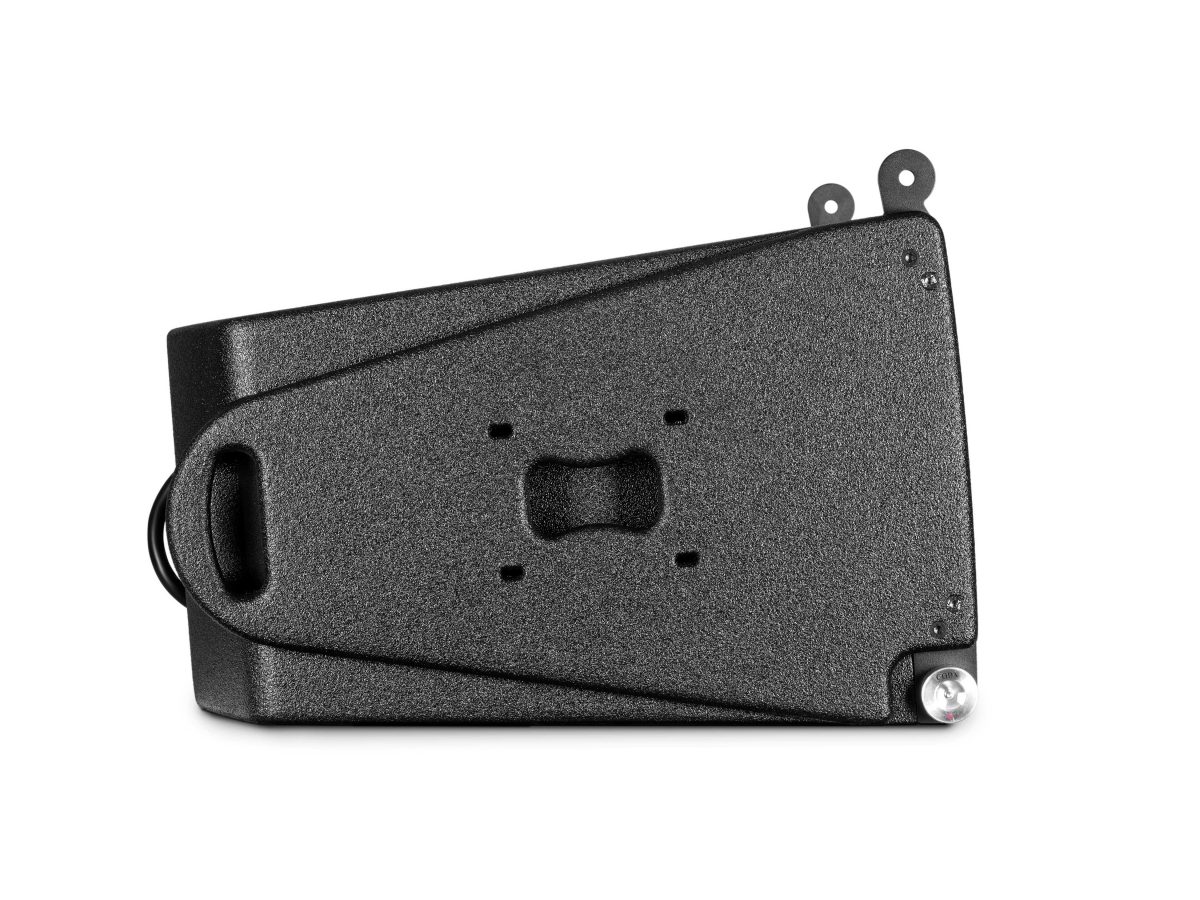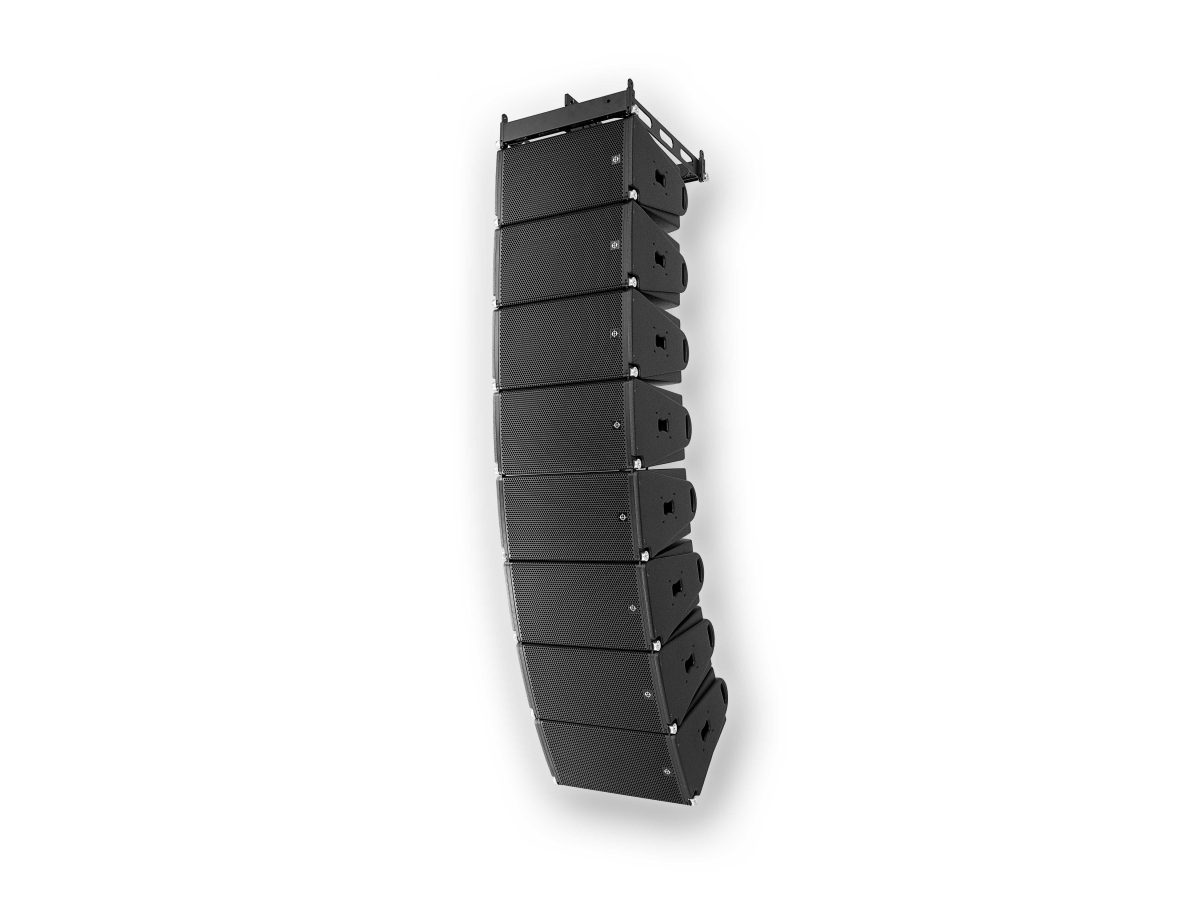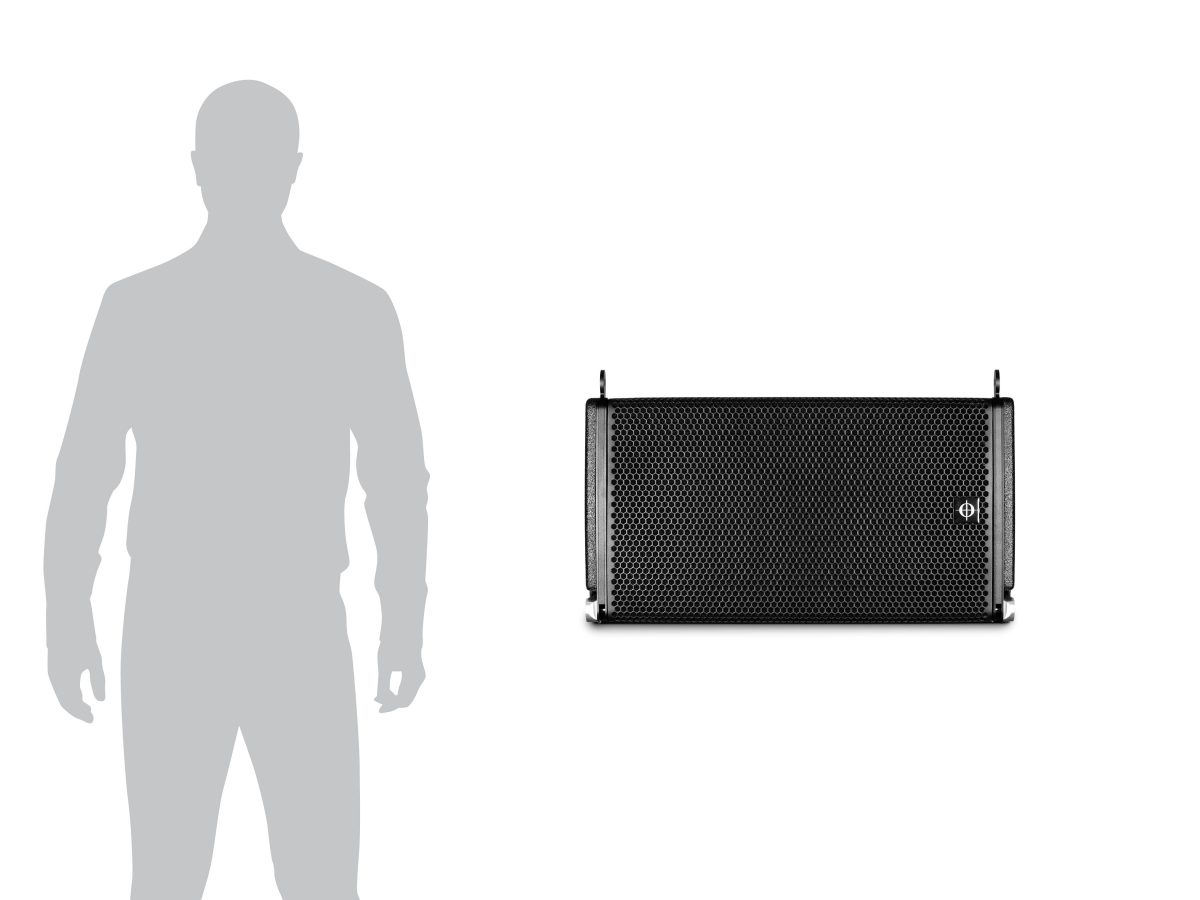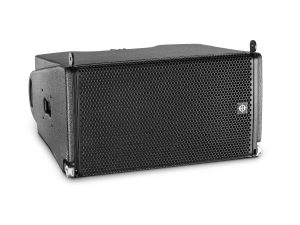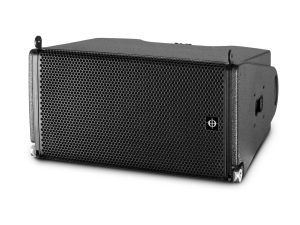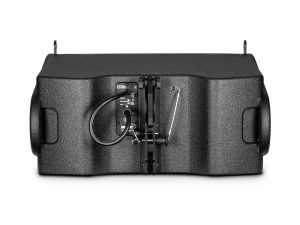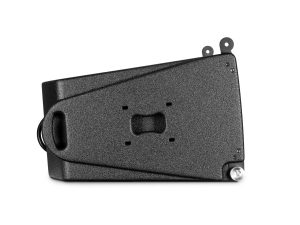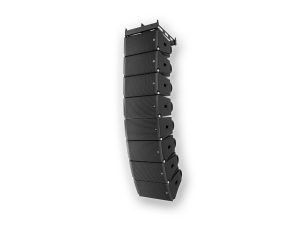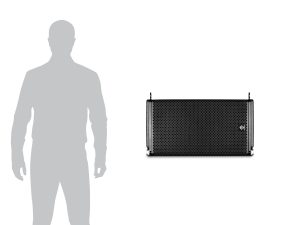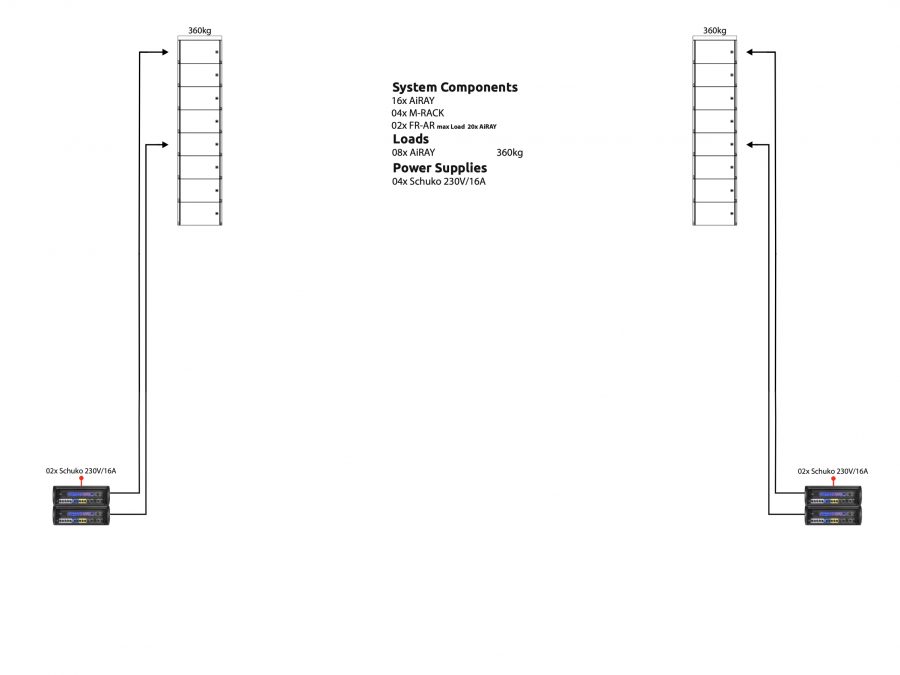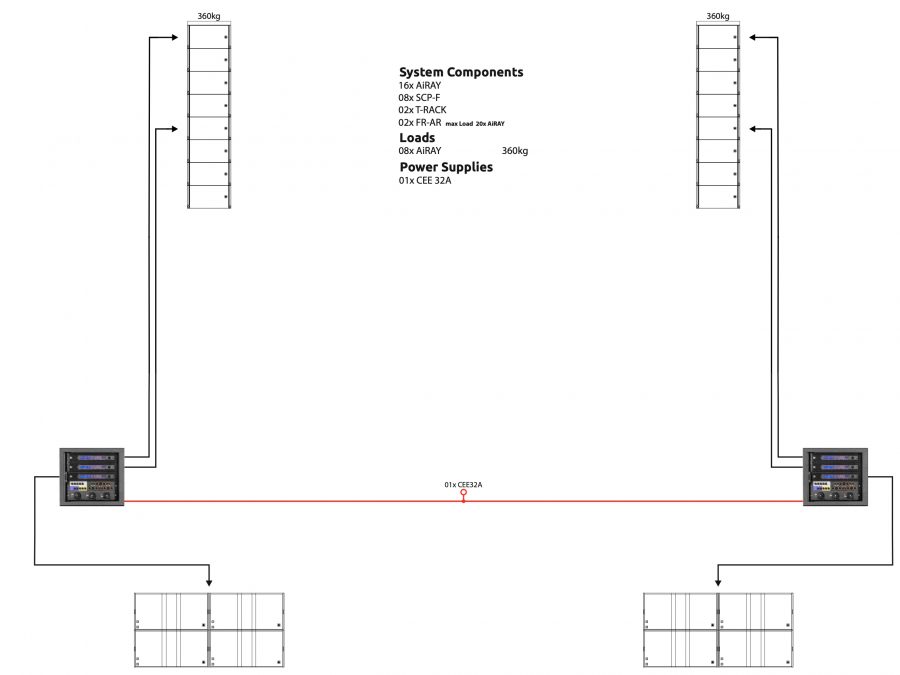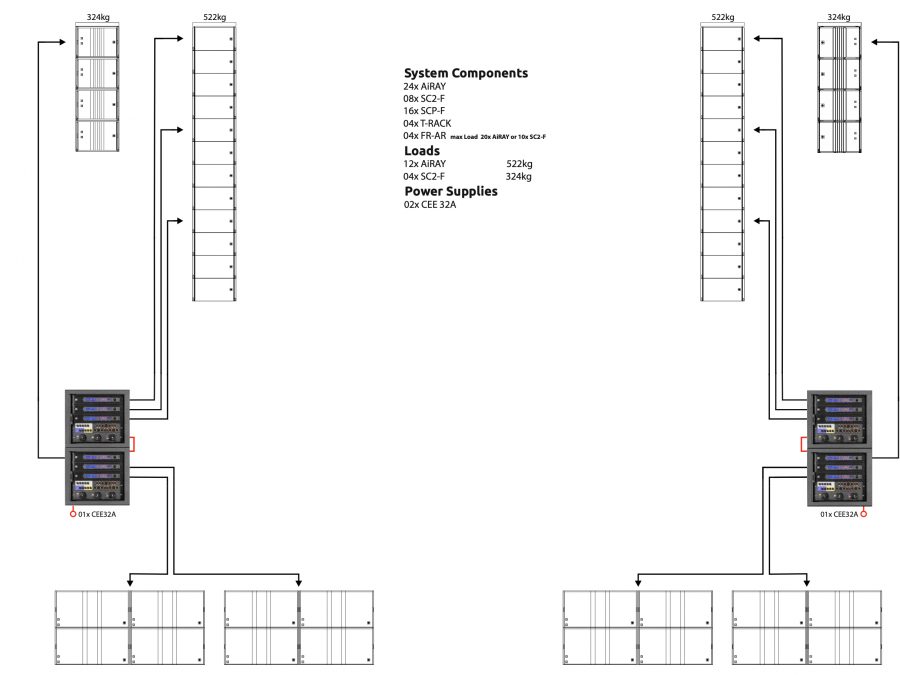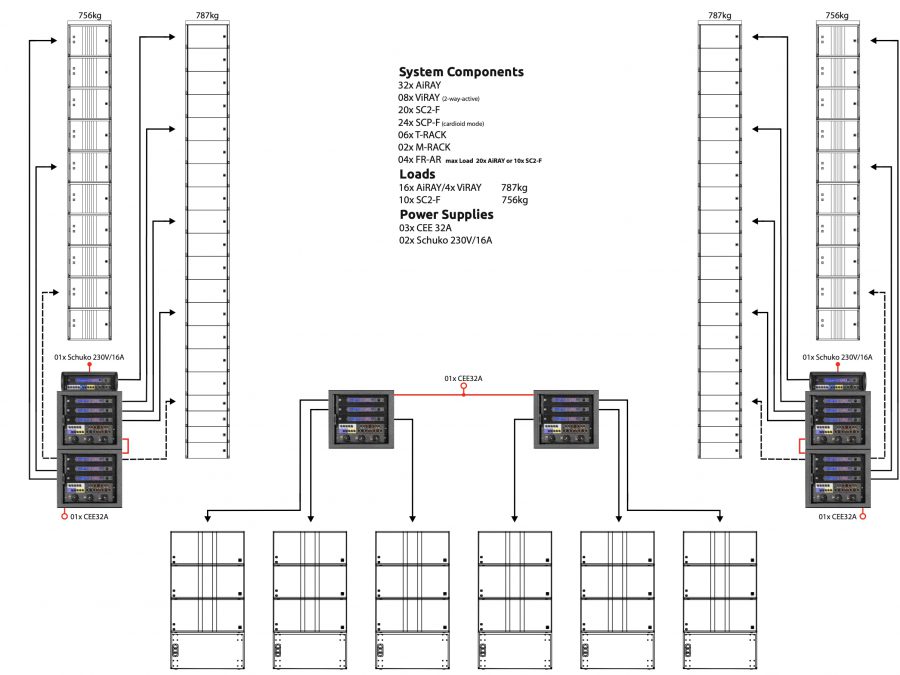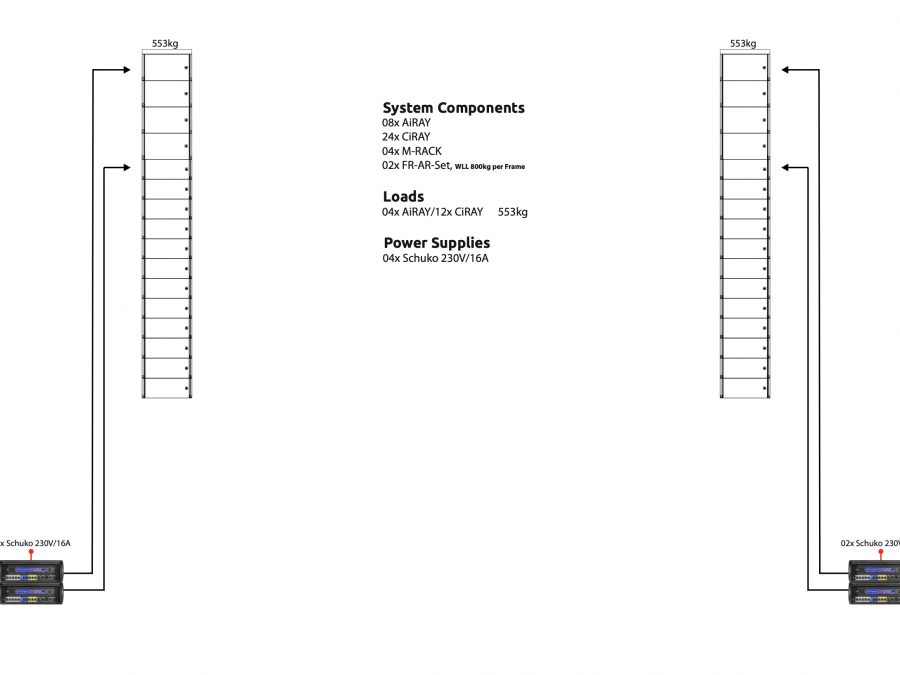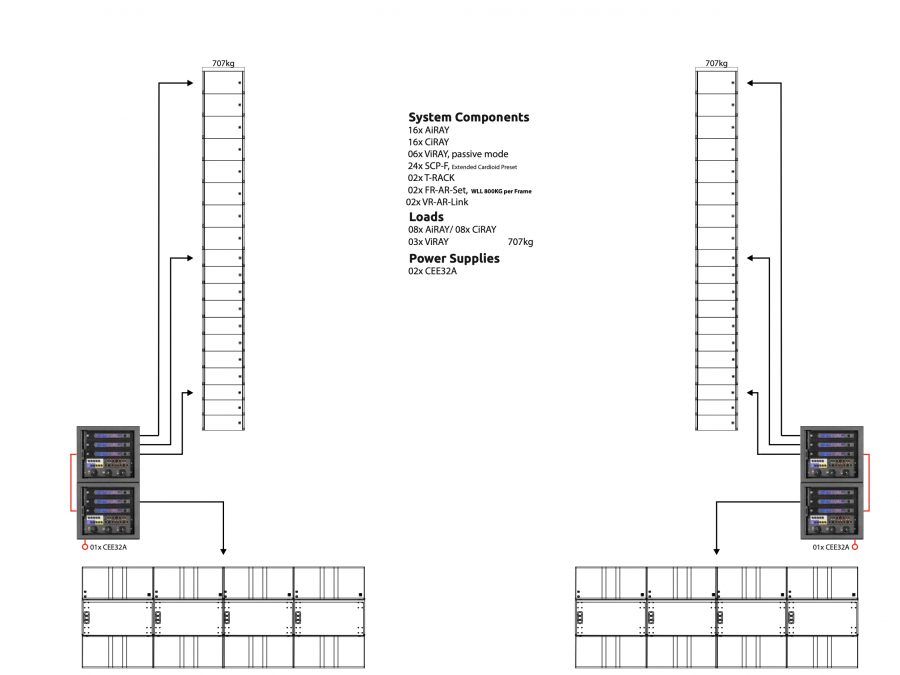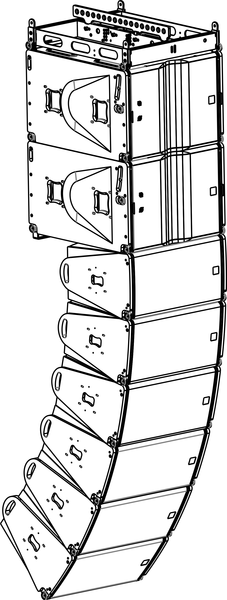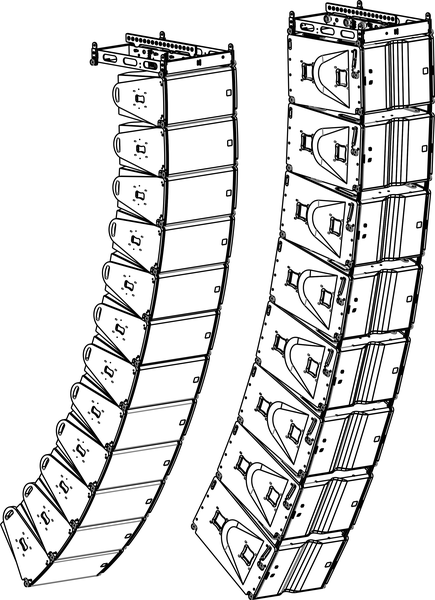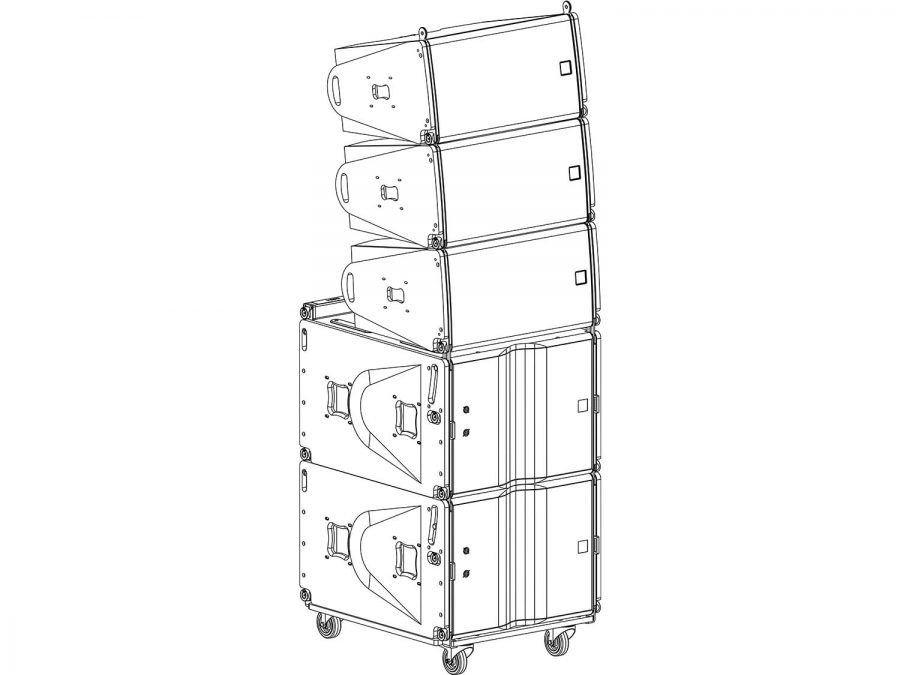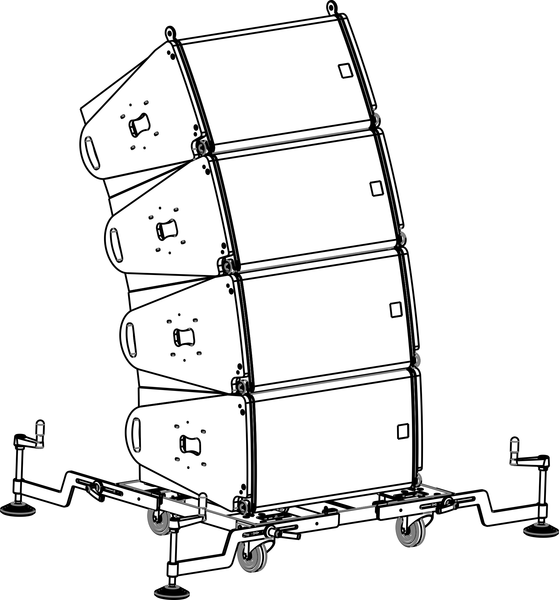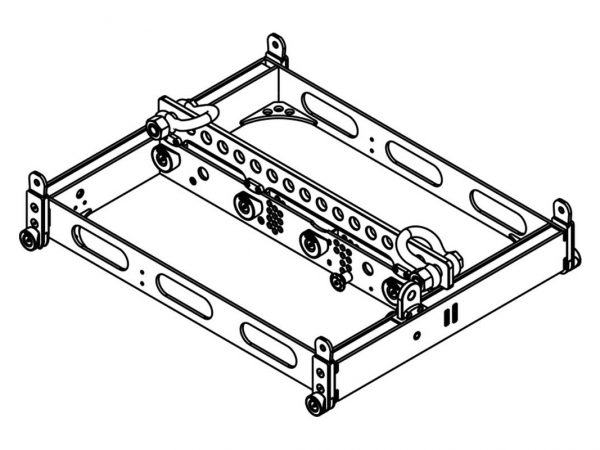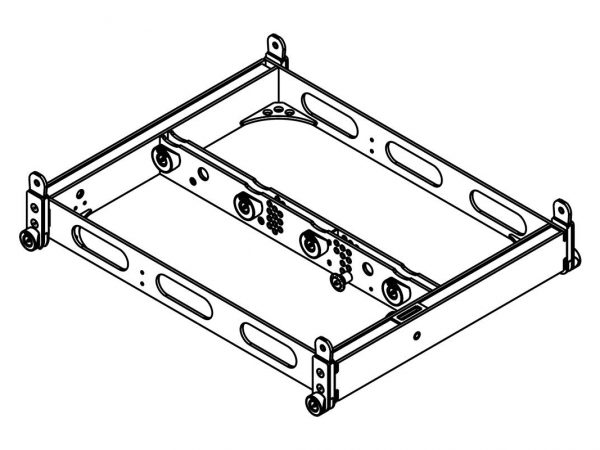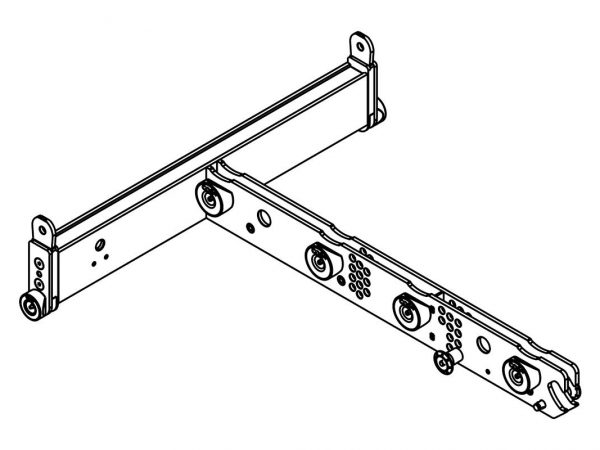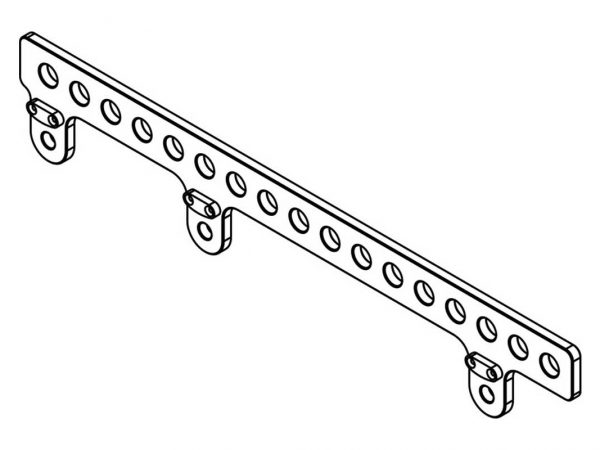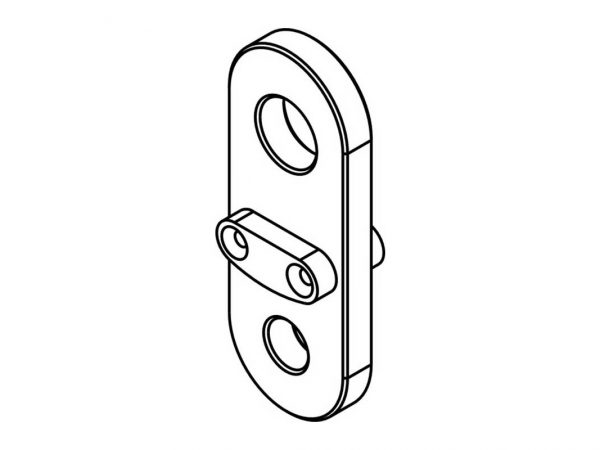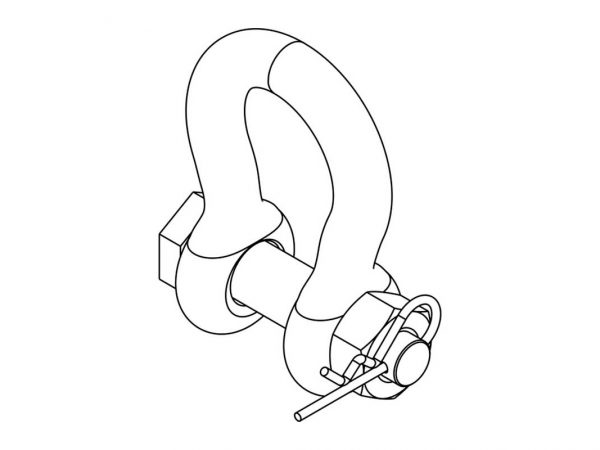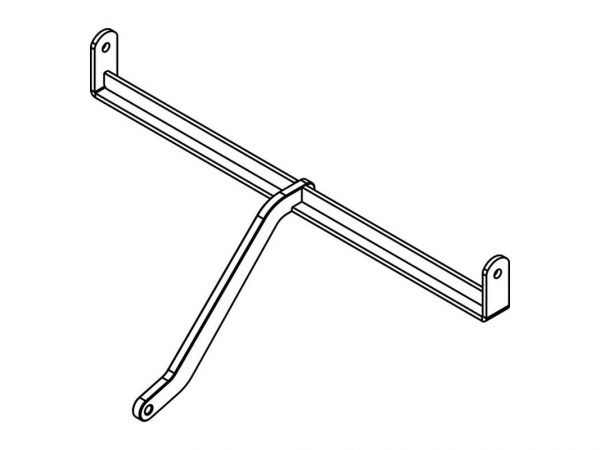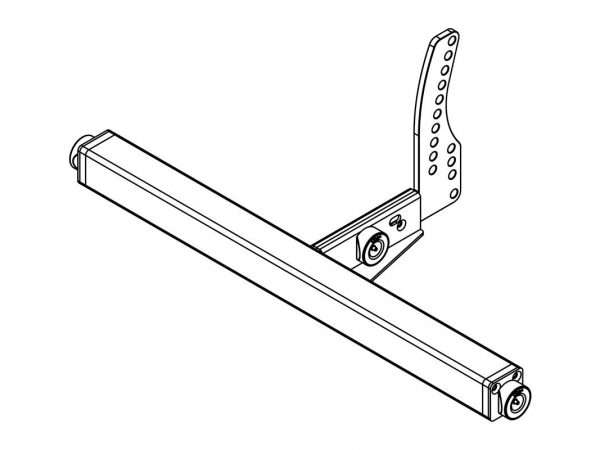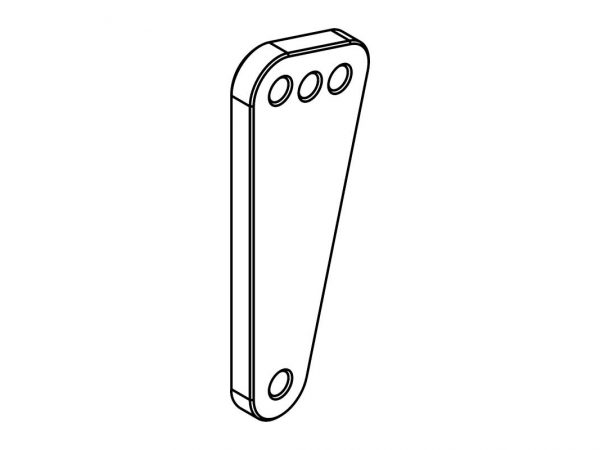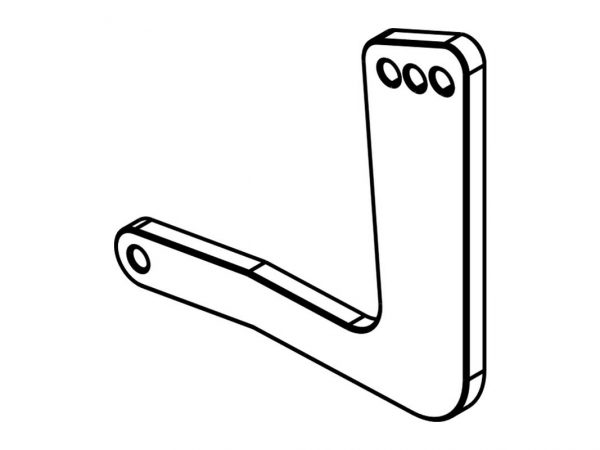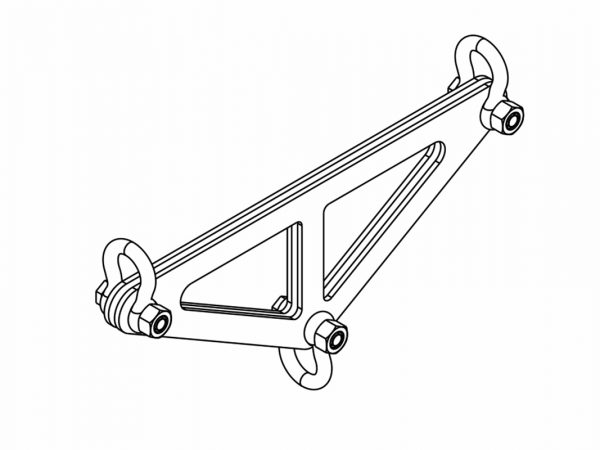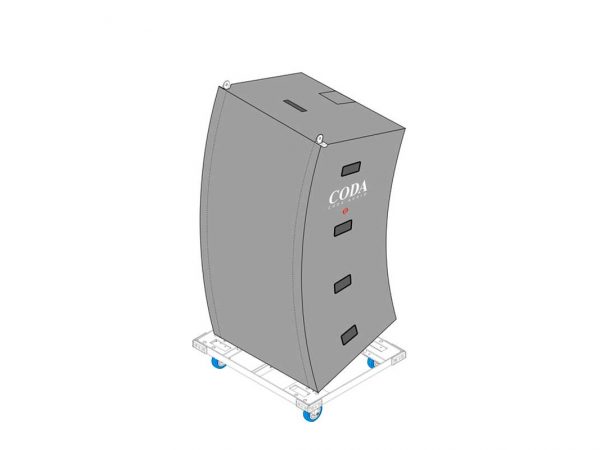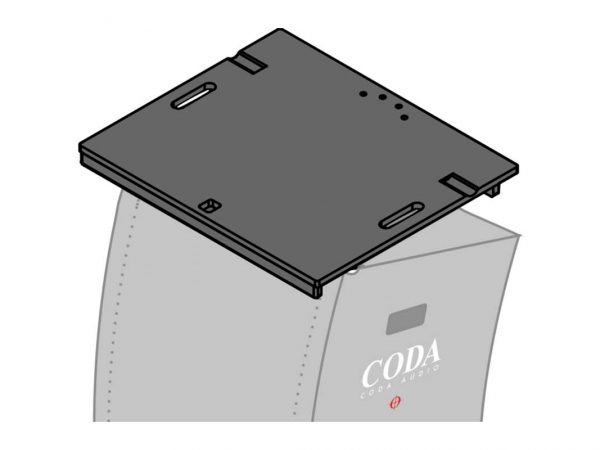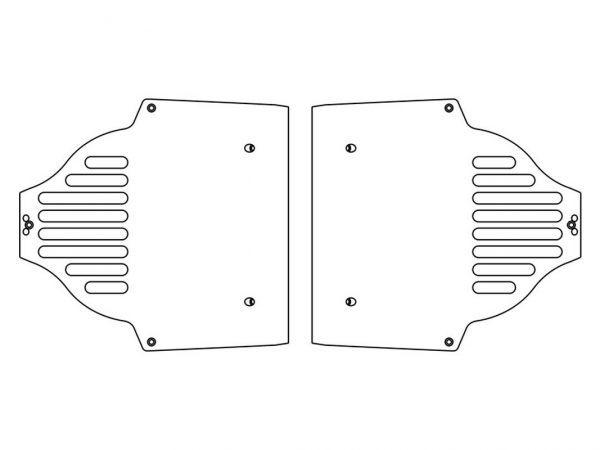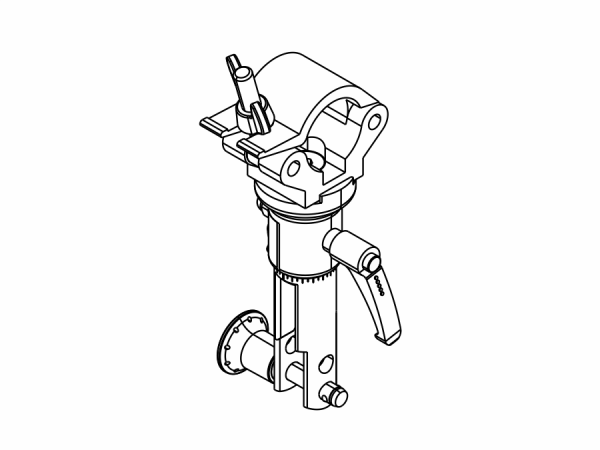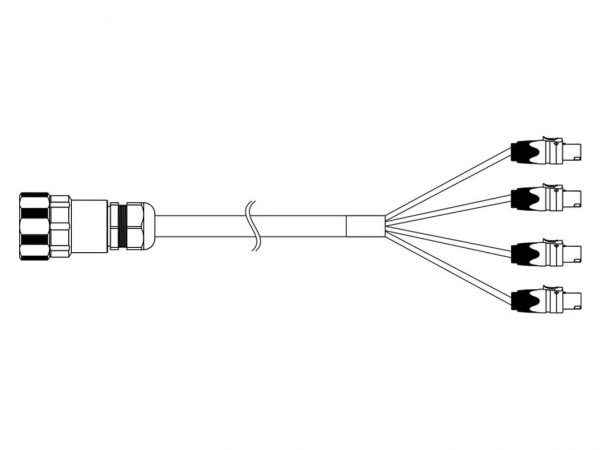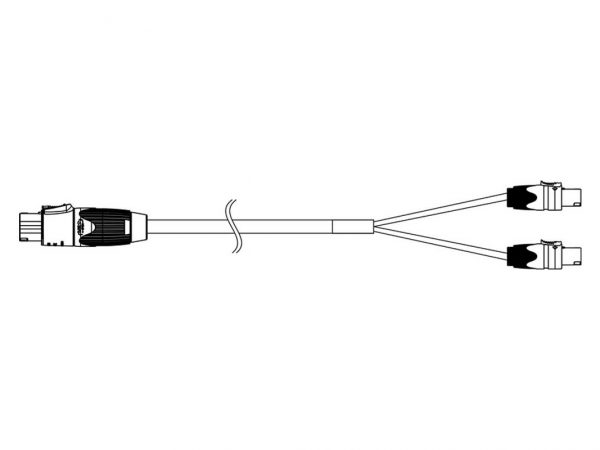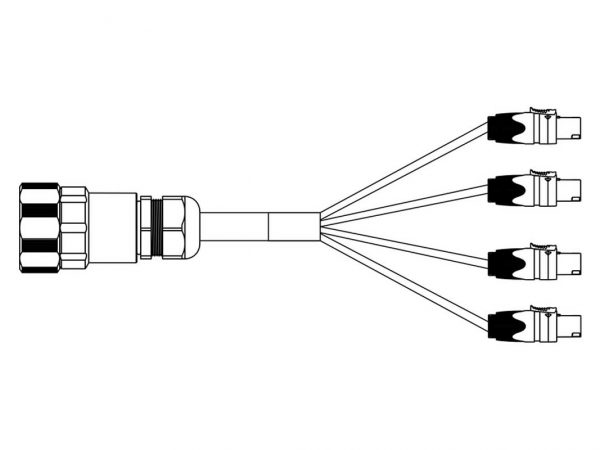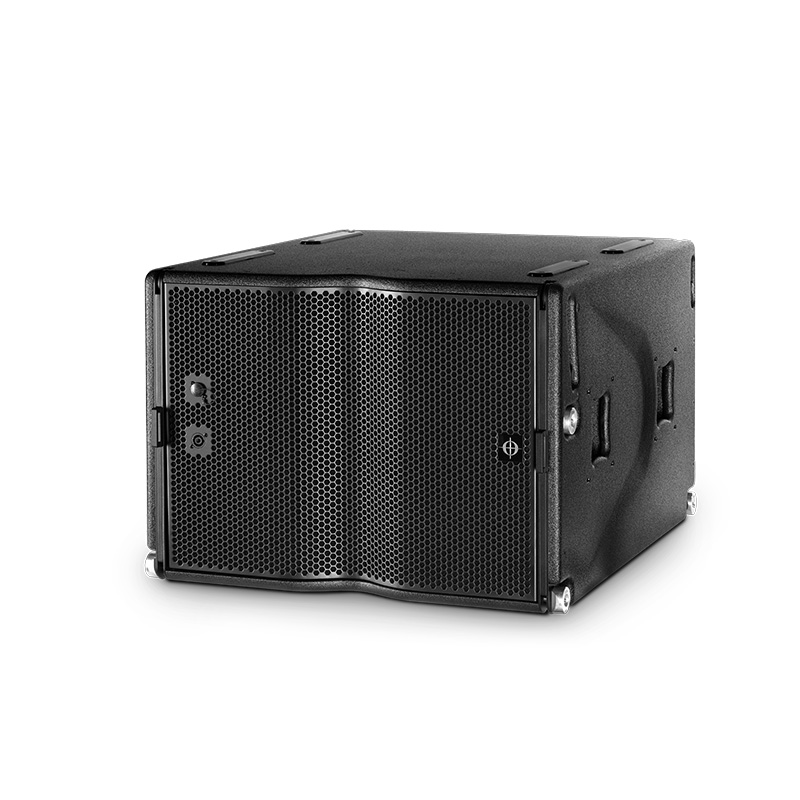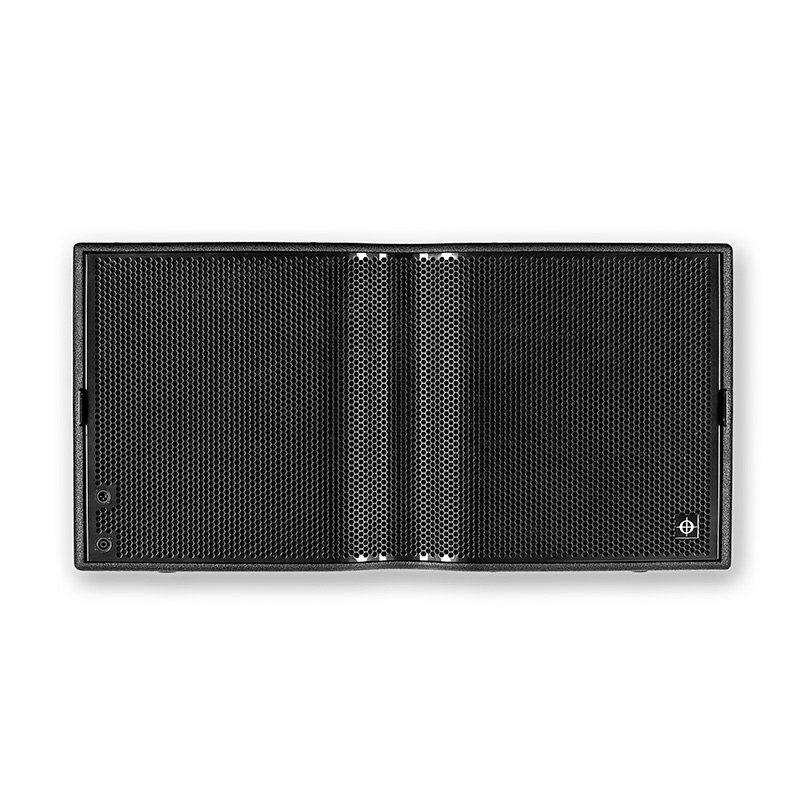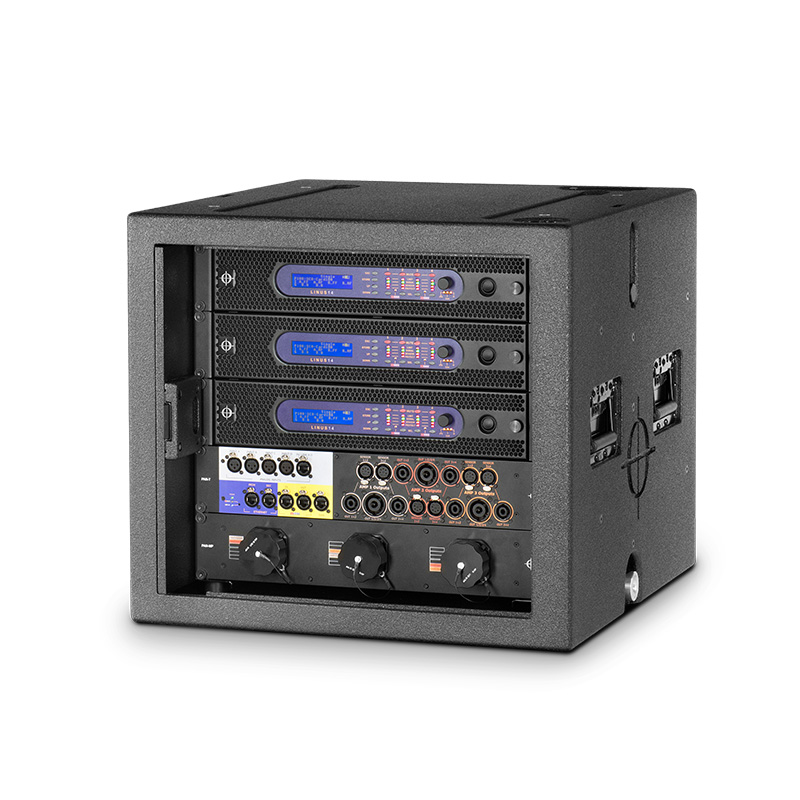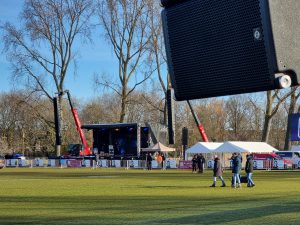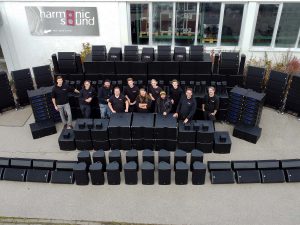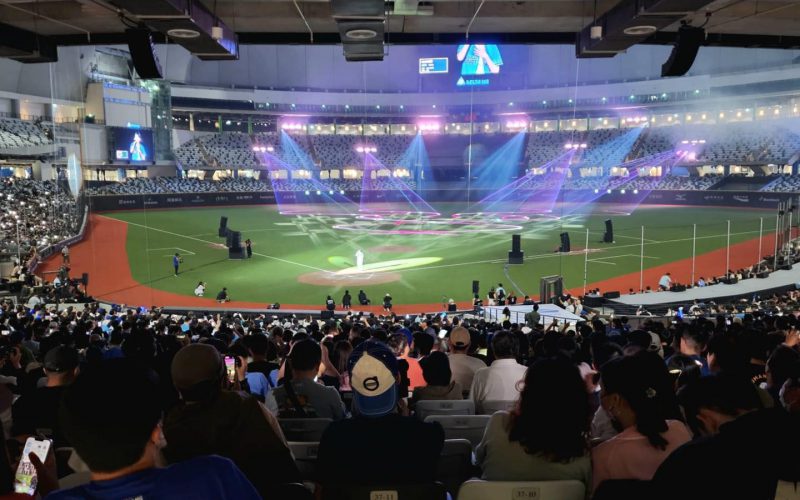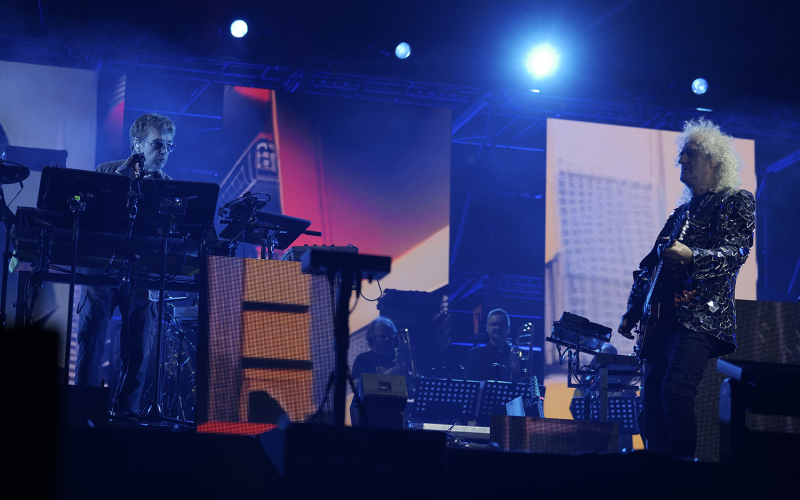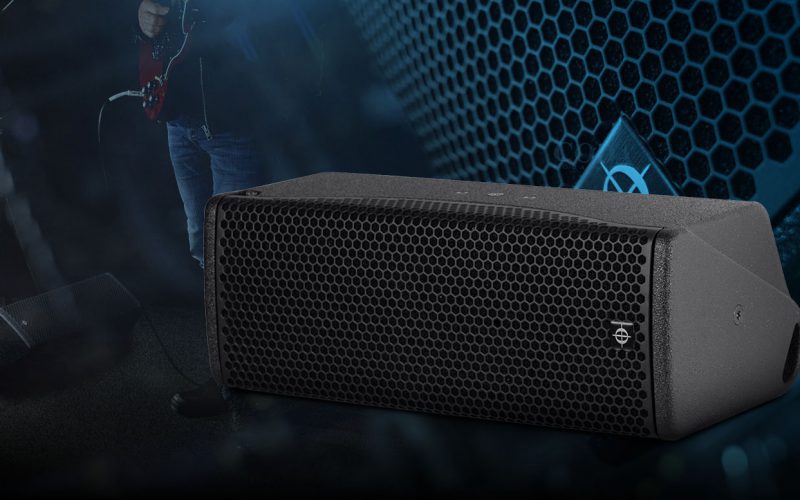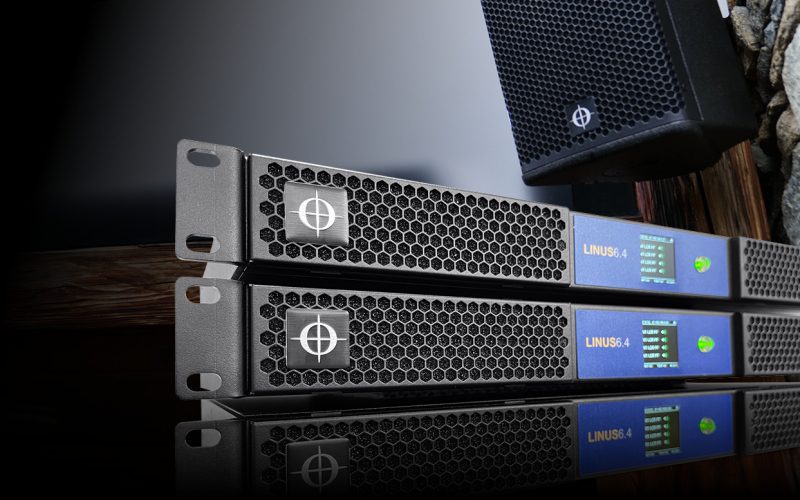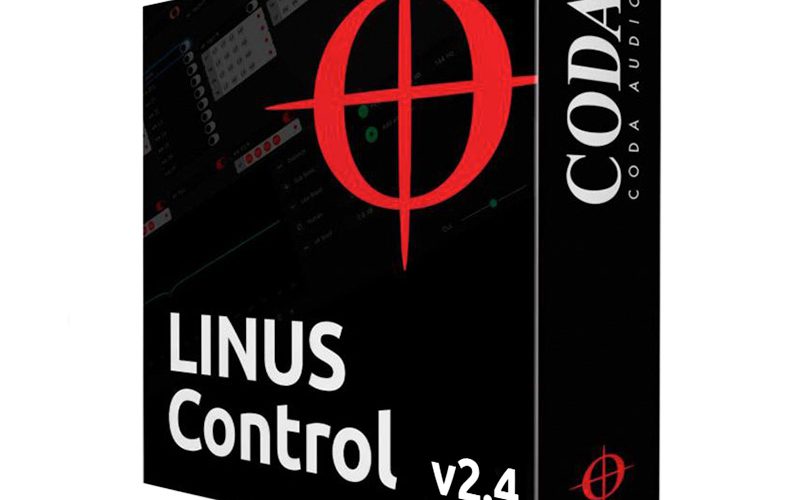This post is also available in:
 Deutsch (German)
Deutsch (German)
Overview
AiRAY Uncovered
From epic stadium shows to arena tours, rock and roll clubs to intimate theatre settings, mega-churches to large corporate events, AiRAY will deliver, and some. CODA’s flagship is a three-way, full range line array system, but with a seriously cool twist.
AiRAY is different. It’s louder and prouder than any conventional large-format system, and vastly more accurate sonically, yet its shell is one you’d ordinarily associate with a way more compact system. AiRAY is unique: it cannot be pigeon-holed due to its uber-intelligent proprietary technologies, so this box literally creates a new category in large-scale reinforcement, delivering a genuinely unique audio experience.
And that is because AiRAY tells the truth. Ever been at a concert, and the front of house engineer has lost his show? Perhaps he’s driven that gain a little too hard, trying to overcome a tricky frequency, and his compensating has caused you to pull that disapproving squinty-eye face? The slight distortion was okay at first, but now it’s unbearable. That literally cannot happen with AiRAY. And that’s all down to what’s under the hood.
AiRAY is fitted out with the best of the best in CODA’s advanced technologies: the DDP-Driver (Dual Diaphragm Planar wave driver), the AiCOUPLER, award-winning sensor controlled subwoofers, and linear phase DSP processing.
So what does this mean? A few things, actually.
Because AiRAY can be rigged by one person, you can take a conventional dual 12” line array system spec, and halve everything. AiRAY is half the size, half the weight, takes half the setup time, takes up half the space, and uses half the amplifier channels and multicore cables as any conventional system, yet it retains its full output and bandwidth.
And because AiRAY shares the same system components as ViRAY (SC2-F low extension and SCV-F flyable sub, for example), costs for touring or installs is vastly reduced.
At the heart of AiRAY are its two super-smart 6” DDP drivers. In a nutshell, they improve directivity and efficiency massively: rather than your double 12″ lows, 6.5” midrange speakers, and compression drivers for the highs, CODA’s mids and highs are captured in one small transducer, which allows for 12-15 dB more headroom than a standard system.
Also, each DDP driver is a two-way coaxial system with two concentric ring diaphragms instead of domes, where all pieces of the diaphragm are very close to the voice coil. So when the voice coil moves, the diaphragm moves as a piston, because the wavelength is larger than the diaphragm itself; and that means it can constantly accept the wavelengths without any distortion. In other words, it delivers the purest audio you can get. And because there are two diaphragms on the ring (one inside the voice coil, one outside), it’s actually larger than a dome. The higher frequencies are produced from one diaphragm, and for the lows, both diaphragms are working in phase.
Talking of low-end, the AiRAY has double 12” neodymium cone drivers with 4” coils. They’re long excursion drivers with high flux linear motors, which means they’re extremely efficient, and provide ultra-low distortion, with reduced power compression. The carbon fibre diaphragm minimises the moving mass, and improves cone stiffness and internal damping, which results in high sensitivity, and pristine sonic clarity.
Then there is the AiCOUPLER, which basically sums all the energy from the transducers into a large mutual horn. This occupies the entire front of the cabinet, which means there is no phase destructions, and users will get a perfectly coherent and uniform wavefront, power response, and directivity over a wide frequency range.
The large waveguide for the two DDP drivers means perfect acoustical loading can be achieved right down to 350 Hz, along with supreme horizontal pattern control in the mids and highs.
The two 12” cone drivers are symmetrically loaded to the AiCOUPLER using optimised slots to increase the distance between their acoustical centres. This means there is consistent coverage down to 250 Hz, and additional sensitivity of 6 dB over 200 Hz. At the rear, the two cone drivers are port loaded, to extend the low range of the system down to 50 Hz.
The two DDP drivers work from 350 Hz all the way to 22 kHz, while the double 12” drivers work from 50 Hz to 700 Hz. And in the 350-700 Hz range, all the drivers work together, which dramatically increases the maximum SPL of this unique system.
